Capturing the perfect moment can be a tricky task, but with some basic understanding and planning, anyone can become a professional photographer. Whether you’re shooting for a business portfolio or simply wanting to capture memories with family and friends, taking the time to plan your photoshoot is key to success. This post will break down the process of planning a photoshoot step-by-step – from finding inspiration to setting up the shoot itself – so that you can get amazing shots every time.
What is a Photography Shot List?
It serves as an easy-to-follow guide for both the photographer and the subjects, enabling everyone involved to stay organized and on track throughout the entire session. The list typically includes details such as desired image angles, subject placement, expressions or poses needed, and any other important notes.
Using a shot list ensures that no detail gets overlooked while planning out your creative vision. By having all of this information written down ahead of time, you can easily review it during the photo shoot so that everyone knows what’s expected of them. This helps streamline the process and allows you to focus more on capturing amazing images instead of worrying about what’s next.
In addition to helping the photographer and subjects stay organized, a shot list also serves as an excellent reference when it comes time to edit the photos later. This allows them to make sure that all of the desired elements are included in the final product. It also makes it easy to go back and add any missed shots or angles without having to go through each photo individually.
By using a photography shot list, you can ensure that your photo shoot runs smoothly and that you create beautiful images that perfectly capture your vision [1]!

Types of Photoshoots
Photoshoots come in many different styles and types. Depending on what you’re looking to achieve, there are a variety of photoshoot options available to you. Here are the five main types of photoshoots:
- Portrait Photoshoot – In a portrait photoshoot, you will be photographed either alone or with others in an environment that is comfortable and relaxing for everyone involved. This type of photoshoot can be used for family portraits, graduation photos, engagement photos, birthdays, maternity shoots, and more.
- Commercial Photoshoot – Commercial photography is all about taking pictures for commercial use such as advertisements or product shots. This type of photography often involves coordination between several people and is usually done in a studio to achieve controlled lighting.
- Fashion Photoshoot – If you’re looking to showcase the latest fashion trends, then a fashion photoshoot is the perfect choice. It will involve working with models and clothing designers to create stunning visuals that capture the essence of your brand or collection.
- Wedding Photoshoot – For those special moments, nothing beats having them captured on camera! A wedding photoshoot is an excellent way to remember one of life’s most important days. It involves capturing everything from getting ready to the ceremony, the reception, and all the little details in between.
- Event Photoshoot – Event photography covers all types of special occasions such as conferences, parties, and festivals. It involves capturing the atmosphere, emotion, and energy of an event to create beautiful memories that will last a lifetime [2].

How do you get ideas for a photoshoot?
Finding creative ideas for a photoshoot can be challenging, but it doesn’t have to be. Start by brainstorming the type of shoot you want to do and what kind of images you would like to create. Many sources of inspiration can help you come up with great ideas. Here are some tips on how to get started:
- Look at magazines, fashion blogs, and social media platforms for inspiration. These sites will give you an idea of what looks are popular, as well as visuals that inspire unique photos and poses.
- Study the work of other photographers and consider how their styles and shots could be used in your own photoshoots.
- Think about the location or setting of your photoshoot. Different environments can really add to the atmosphere and mood of a shoot, so consider places like nature parks, rooftops, and urban backdrops.
- Focus on props and styling elements that will enhance the photoshoot. Incorporating items like colorful clothing, vintage furniture, or unique accessories can take an ordinary photoshoot to the next level.
- Try experimenting with different lighting techniques to create interesting images. Natural light and artificial light both have their own unique effects, so experiment with them both to find out which looks best for your photos.
- Brainstorm some creative concepts that could be used in your photoshoots, such as fashion trends or specific themes. This can help you come up with a unique look and aesthetic for your photos.
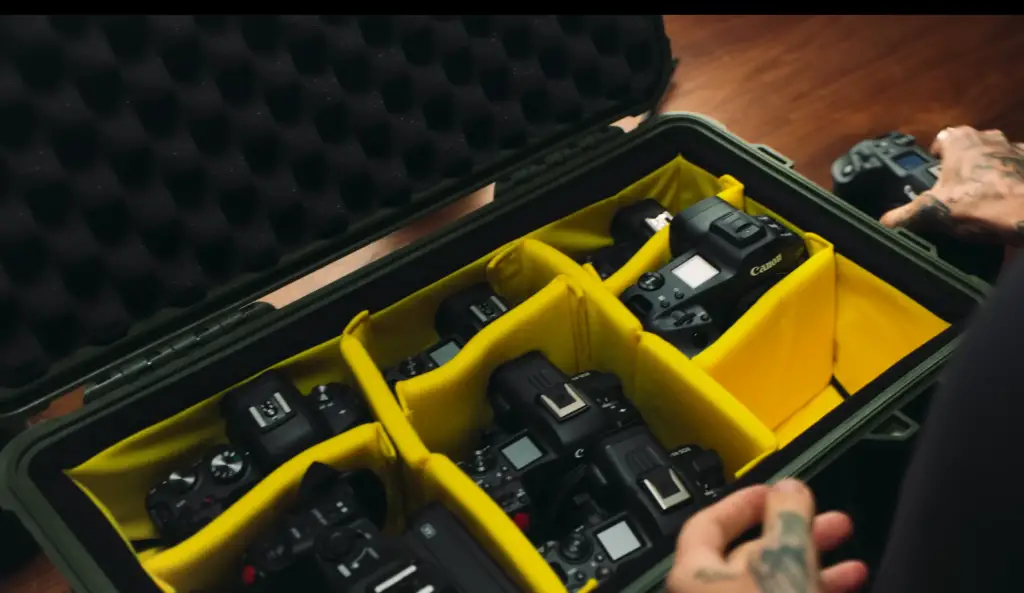
How to plan for a photoshoot in 11 steps
Develop concepts and define goals
Start by determining the purpose of your photoshoot – what do you want to accomplish? Is it for a business website or an advertisement campaign? What are the key messages you’re trying to convey? Once these questions have been answered, work on coming up with creative ideas and concepts that will bring your vision to life.
Create a mood board
Creating a mood board is the perfect way to ensure everyone involved in the photoshoot is on the same page. Create an online collection of images, color palettes, and words that will help you bring your concepts to life. This can be done on platforms like Pinterest or Adobe Creative Cloud. It’s also important to take into account any design guidelines and budget constraints when creating your mood board.
Choose a location
The next step is to choose a location that fits with your concept and goals. Consider factors such as lighting, background scenery, and access to necessary props or equipment. Additionally, if you’re working with a large crew or models, make sure the location can accommodate everyone comfortably.
Scout needed camera equipment
It’s essential to make sure you have the necessary camera equipment for your photoshoot. Evaluate what type of shots you want, how long you’ll be shooting, and if there will be any special needs or requests. Additionally, consider renting equipment if needed – this can often save time and money in the long run. For example, renting a telephoto lens for wildlife photography can help you get the perfect shot.
Plan each shot with a shot list
A shot list is an important part of any photoshoot. It helps you plan each image, from the angle and lighting to the props and poses necessary for each one. Take time to create a comprehensive list that outlines all the shots you need for your shoot. This will ensure that nothing gets overlooked in the planning process.
Plan execution for each shot
Once you’ve created a shot list, it’s time to start thinking about how each shot will be executed. This includes the type of lighting, angles, and poses needed for each image. Additionally, consider any props or special equipment that may need to be included in the shoot – such as an underwater camera for a poolside photoshoot, for example.
Organize your crew and talent
If you’re working with a large crew or talent, it’s important to make sure everyone is organized and prepared. Create a plan that outlines who will be doing what and when throughout the photoshoot. Additionally, make sure all of your crew members are familiar with the concept and shot list so they can help bring your vision to life.
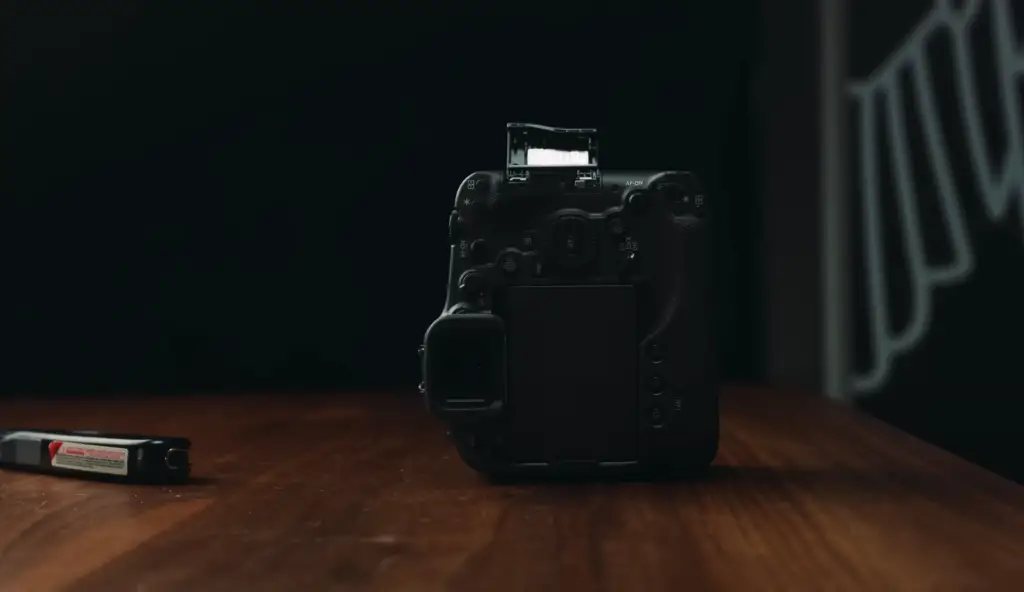
Prepare props and wardrobe
Additionally, if you’re working with models or actors, ensure their wardrobe fits with the concepts outlined in your mood board.
Outline your shooting schedule
It’s important to create a shooting schedule that outlines what needs to be done each day. This will help keep the photoshoot on track and ensure all necessary shots are taken within the allotted time frame. Additionally, make sure everyone involved in the shoot understands their roles and responsibilities throughout the process.
Prepare a contact sheet
A contact sheet is a key part of any photoshoot. It helps you keep track of all the images taken and makes it easy to review them afterward. Additionally, make sure to include any notes or details that may be relevant for each image – such as lighting setup or angles used.
Review and edit your photos
Once the photoshoot is complete, take some time to review and edit your photos. Take note of which images worked best and which ones can be discarded. Make sure to maintain consistency in color, composition, and quality throughout your editing process. Once the editing process is finished, prepare a portfolio that showcases your work in its best light – this will help you attract clients in the future [3]!
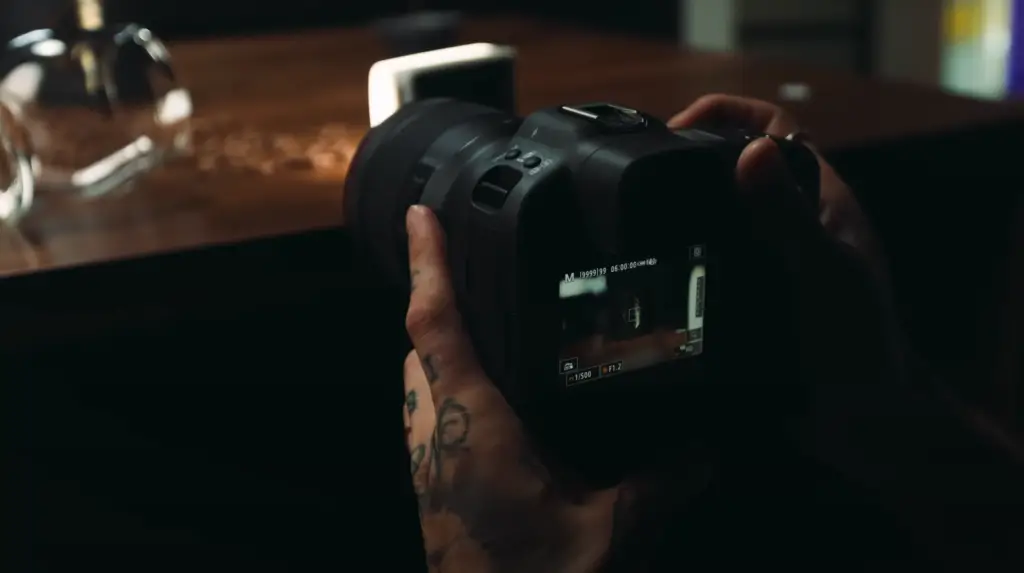
How to pick the best gear for your photoshoot?
One of the most important factors for achieving successful professional photoshoots is selecting the right gear for the job. Choosing the correct combination of lenses, cameras, lighting equipment, and other accessories can take your photography to a whole new level. Here’s how to pick the best gear for your photoshoot:
- Establish Your Needs: Before you start shopping around for camera gear, you must establish what type of photography you’ll be doing and what kind of results you want to achieve. Different types of photography require different pieces of equipment. For example, if you plan on taking portraits outdoors in natural light then a basic setup with one or two lenses will suffice. But if you plan on taking studio photos or shooting in low light then you’ll need equipment suited for those tasks such as a larger lens, multiple lights, and more.
- Choose the Right Camera: Choosing the right camera is critical to achieving quality results in your photoshoots. Digital SLR cameras are most popular among professional photographers, but there are also compact and mirrorless options that offer features like high resolution and fast autofocus. If you plan on doing video then consider investing in a 4K camera with advanced audio capabilities and image stabilization.
- Pick Your Lenses: Once you have decided on the type of photography you will be doing then it’s time to select the appropriate lenses for your camera body. Different lenses offer different benefits such as wide angle, telephoto, and macro capabilities. Do some research to determine which lenses will best suit your needs.
- Get the Right Lighting: Lighting plays a huge role in a successful photoshoot so make sure you have the right equipment for the job. If you plan on shooting indoors then invest in studio lights that are adjustable and powerful enough for your shoots. For outdoor work, reflectors and diffusers can be useful tools in manipulating natural light conditions.
- Accessorize Accordingly: Beyond cameras and lighting equipment, there are lots of other accessories that come in handy during a photoshoot such as tripods, monopods, camera bags, memory cards, filters, backdrops, and more. Research the type of photography you’ll be doing and select the accessories that will best support your efforts.
Following these tips can help ensure that you have the right gear for your photoshoot and create amazing results [4]!
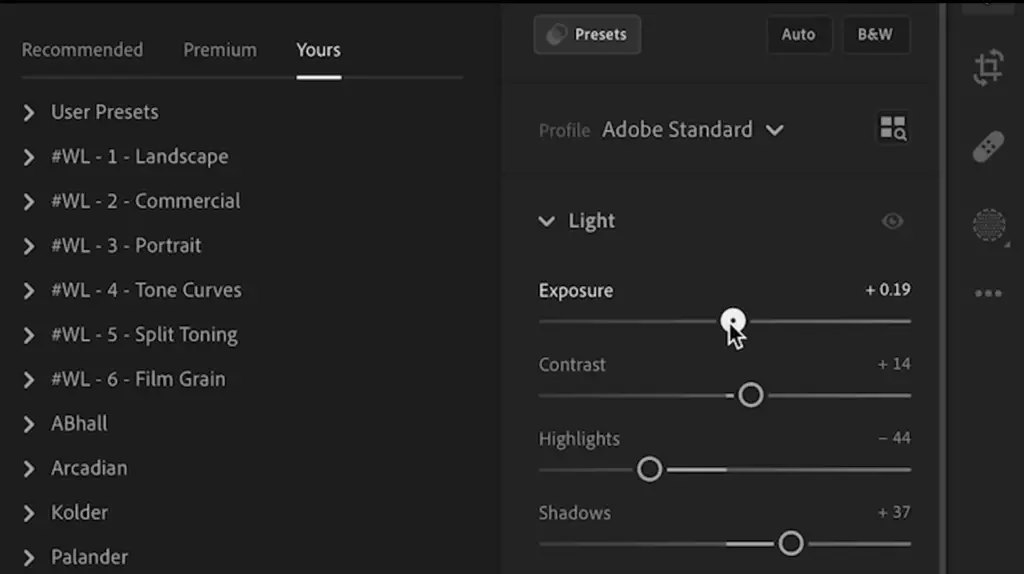
How to turn your phone into a professional camera?
If you want to turn your phone into a professional camera, there are a few steps that you can take. Firstly, you should invest in an attachable lens for your phone. This will allow you to get up close and personal with the objects that you’re taking pictures of and give them a much more professional feel. You can find attachable lenses for most modern smartphones online or through stores such as Best Buy.
Secondly, make sure that you have the right lighting when taking photos with your phone. Professional photographers know how important the right type of light is when taking great photographs and it is no different with phones. Make sure to use natural light where possible, so try not to take photos in dark rooms or at night.
Thirdly, get creative with your composition and angles. Professional photographers always pay close attention to the composition of their photos, so make sure that you do the same when taking photos with your phone. Utilize different angles and perspectives to make your photos more interesting. Plus, don’t be afraid to use props or other elements in your scene; this will add an extra dimension to your photographs.
Fourthly, use a photo editings app such as Adobe Lightroom or Google Snapseed for post-processing. This will allow you to make adjustments such as changing the white balance, increasing contrast, sharpening details, and adding filters. It is important to note that these edits should only be used sparingly and not overdone; otherwise, you risk ruining the photo.
Finally, experiment with different camera modes and settings to further enhance your photos. Most modern smartphones come with manual mode which allows users to adjust things such as shutter speed and ISO. If you have the time, try experimenting with these settings to get the best results out of your photography.
Overall, transforming your phone into a professional camera is possible if you take the necessary steps and make smart decisions when taking pictures. With patience and practice, you will be able to take stunning photos that can rival those taken by DSLR cameras.
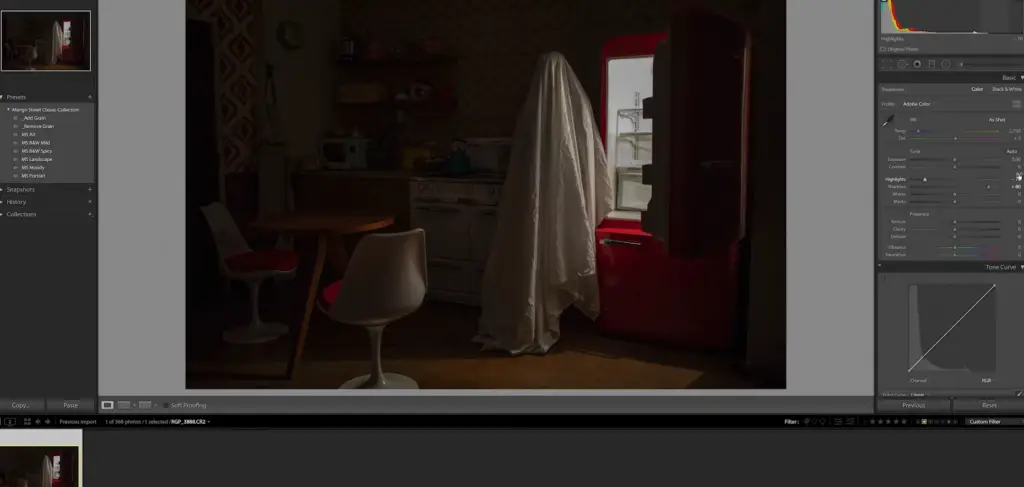
How to maintain professional cameras?
When it comes to maintaining your professional cameras, regular maintenance is key. Here are some tips you can use to help keep your camera running in top condition:
- Clean the exterior of your camera regularly. Dust and dirt can build up on the outside of a camera and affect its performance, as well as interfere with shooting photos or videos. Use a soft cloth to gently wipe down all surfaces, paying special attention to any lenses or filters that may be attached.
- Store your camera in a dry and secure place when not in use. Make sure there is no moisture present, which could damage delicate electrical components inside the camera if left unchecked for too long. Also, make sure that the storage area is out of direct sunlight and away from extreme temperatures.
- Use only recommended lenses and filters for your camera, as other types may cause damage to the body or lens mount. Also check that all screws and mounting points are securely tightened before use, as loose connections can cause your camera to malfunction or break down completely.
- Keep an eye on battery life and always store it fully charged when not in use. Invest in a good quality charger and never leave a depleted battery in the camera for extended periods, as this can cause permanent damage to the battery or shorten its lifespan considerably.
- Have regular maintenance done by a qualified technician every 6 months or so to make sure your camera is running at its best. This is especially important if you use your camera in extreme conditions or for long periods.
By following these simple steps, you can make sure that your professional camera will be working properly and efficiently every time you need it to. Regular maintenance can help extend the life of your camera and keep it running like new over many years.

What should you wear for a photoshoot?
When selecting clothing for your photoshoot, it is important to consider several aspects. First, think about the overall look and feel you are hoping to create with your photos. Do you want a more formal or casual look? Are you trying to capture a certain mood or atmosphere? Once you have an idea of what kind of vibe you’re looking for, start choosing clothing pieces that match this vision.
With these tips in mind, you’ll be able to find the perfect outfit for your photoshoot.
FAQ
How do you structure a photoshoot plan?
When creating a photoshoot plan, it is important to consider the scope of the project, budget, timeline, and desired outcome. A good plan will set out clear goals for each element of the shoot as well as defining roles and responsibilities for everyone involved.
When defining the scope of the project, think about what type of photos you need and where they will be used. This will help you decide how many shots are required, how much time should be allocated to each shot, what props may be needed, and any special equipment that needs to be rented or borrowed. The budget is an important factor when putting together a photoshoot plan. Consider how much can realistically be spent on props and other materials such as makeup artist, wardrobe, and location fees.
When creating a timeline, consider when the photos need to be taken and how much time each shot will take. Think about any deadlines that need to be met and whether any other activities or events may conflict with the shoot. Lastly, make sure you have a clear idea of the desired outcome for your photoshoot so you can create an achievable plan of action.
Are there any tips for finding good models?
Finding the right model for your photoshoot is one of the most important parts of photography. Here are some tips to help you find great models:
- Start by looking at online portfolios of models in your area. This will give you an idea of what type of look and experience they have.
- Reach out to local agencies or casting directors who can help you find the right model for your project.
- Network with other photographers in your area and ask them for recommendations on good modeling talent.
- Attend local fashion shows, workshops, and open calls for models to meet potential talent face-to-face.
- Consider hiring an experienced modeling coach who can help you assess a model’s suitability for your shoot and provide training if needed.
- When making contact with potential models, be sure to provide clear details about the project including pay rate, usage rights, and any other relevant information.
- Make sure to provide references to the model so they can gauge the quality of your work.
How do I plan a personal photoshoot?
Planning a personal photoshoot can be an exciting and rewarding experience. Here are some tips to help you plan your own photoshoot:
- Decide on the type of photos you want. Consider what kind of emotion or message you want to convey in the images and how best to capture it.
- Select the right location for the shoot; this could be indoors, outdoors, or a combination of both depending on your desired outcome.
- Choose clothing, props, and accessories that will create texture and dimension in the photos and help bring out the theme of your shoot.
- Consider hiring a professional makeup artist to ensure your make-up looks perfect for each shot while also highlighting any facial features you want to accentuate.
- Create a shot list of all the photos you plan to take and make sure to stage each pose or scene in advance so you don’t waste time during the shoot.
- Use appropriate lighting for each shot; natural light is often best, but consider using additional lights such as studio strobes for dramatic effects.
- Take your time when shooting and be willing to experiment with different angles and poses; this will help ensure you capture the perfect shots.
- Have fun with it! Photoshoots can be stressful, but remember that they should also be enjoyable experiences where you learn something new and create beautiful memories.
How do I come up with a photoshoot idea?
Coming up with a photoshoot idea can be daunting, but it doesn’t have to be. Here are some tips to help you brainstorm and create a unique photoshoot concept:
- Start by thinking of themes or concepts that interest you; this could be anything from fashion to food, nature to nostalgia.
- Consider current trends and popular culture topics that may spark your creativity.
- Brainstorm ideas with friends or other like-minded creatives who are sure to have some interesting perspectives on potential topics for your shoot.
- Look at past photo shoots and analyze what made them successful; use these as inspiration for your project and think of ways you can make the concept even better or more unique.
- Look at art and photography magazines or books for inspiration or use the internet to research photos that capture your interests.
- Once you’ve settled on a concept, begin visualizing what it could look like by sketching out ideas and making mood boards of images that inspire you.
- Be sure to plan out all the details of your photoshoot in advance as this will help ensure its success when shooting day arrives!
How much does it cost to do a photoshoot?
The cost of a photoshoot can vary greatly depending on the type of shoot, the number of people involved, and any additional services or equipment needed.
Additionally, studio rental fees (if necessary), photo editing rates, location costs (for outdoor shoots), and travel expenses (if applicable) will all factor into the overall cost of your photoshoot. It is also important to consider whether you will be licensing images after the shoot, as this can affect the cost.
How much should I charge for a photoshoot?
The amount you should charge for a photoshoot will depend on several factors, including the scope of the project, the number of people involved, and any additional services or equipment needed. Generally speaking, professional photographers typically charge an hourly rate ranging from $50-$200 per hour depending on their experience and level of expertise. If you are providing any additional services such as styling or retouching then it is common to charge a flat fee for these as well. It is also important to consider whether you are licensing images after the shoot; if so then be sure to include this in your pricing structure. Ultimately, setting your prices comes down to understanding your worth and knowing what type of budget clients are willing to pay for quality work.
Do you need a permit to do a photoshoot?
In most cases, a permit is not necessary to do a photoshoot. However, if you are shooting in a public space or on private property then it is always best to check with the local authorities first to make sure all of your activities are within the bounds of the law. Additionally, some locations may require special permits for commercial shoots or have specific rules and regulations that must be followed; so it is important to research ahead of time and be prepared for any potential obstacles you may encounter during your shoot. Having a permit can also give you peace of mind knowing that your photoshoot won’t be disrupted by law enforcement or landowners.
Useful Video: Planning A Photoshoot From Start To Finish
Conclusion
Planning a photoshoot requires careful consideration of the environment, client needs, and photo composition. Taking time to plan can help ensure a successful photoshoot experience. Photographers should consider their client’s expectations, satisfy any safety requirements, and plan for contingencies such as unexpected weather conditions or technical difficulties. Furthermore, photographers should be familiar with the rules and regulations of certain areas when it comes to photography permits and fees. Lastly, taking the extra steps of creating mood boards or storyboards can help both photographer and client stay on track when shooting.
References
- https://milanote.com/guide/photoshoot-shot-list
- https://www.artinstitutes.edu/about/blog/38780-v2-7-types-of-photography-styles-to-master
- https://www.masterclass.com/articles/how-to-plan-a-photoshoot-step-by-step-guide
- https://www.skillshare.com/en/blog/what-you-need-for-a-photoshoot-equipment-and-studio-setup-guide/






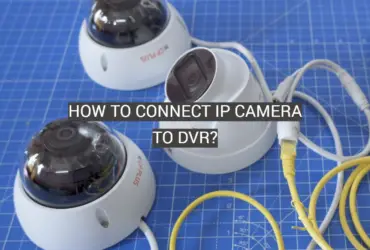



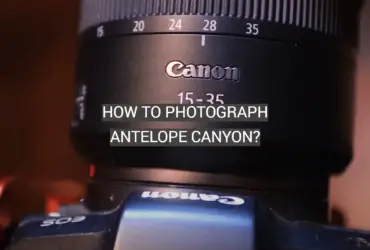
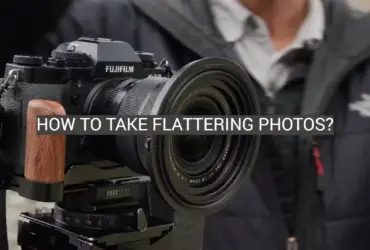
Leave a Reply